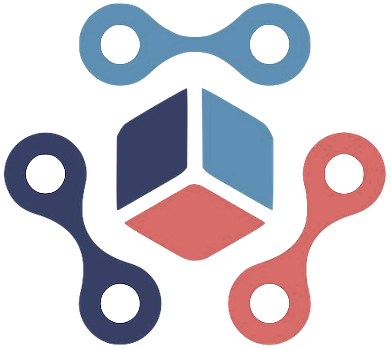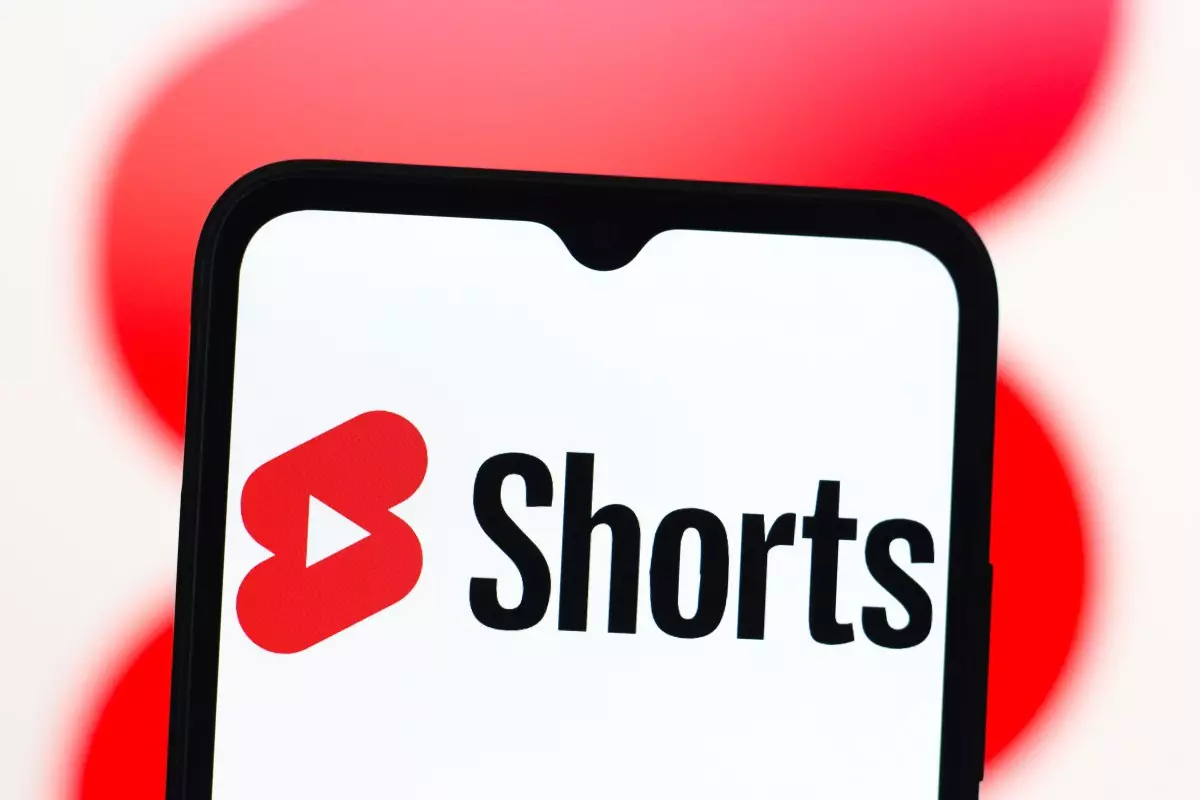In a daring move to redefine the landscape of short-form video, YouTube has announced a suite of cutting-edge AI tools tailored specifically for Shorts creators. This shift signals a strategic push to democratize content creation, making it more accessible, dynamic, and rooted in artificial intelligence. While the company’s ambitions are commendable, it warrants a deeper examination of whether these advancements truly serve creators or risk homogenizing creativity under the guise of innovation.
At the heart of YouTube’s latest offerings is a custom version of Google’s Veo 3, dubbed Veo 3 Fast. This iteration aims to provide rapid, low-latency video generation at 480p, complete with sound—a first for Shorts creators. While this promises quicker workflows, it raises questions about the quality and artistic integrity of generated content. Will rapid production compromise storytelling depth? Or will it empower creators to iterate faster and experiment more boldly? The introduction of sound is notable, yet it remains to be seen whether these AI-generated clips can evoke genuine emotional responses or merely fill the digital airwaves with superficial content.
Further expanding creative horizons, YouTube introduces features like motion transfer to animate still images, stylization tools to apply effects such as pop art or origami, and the ability to generate objects within videos through text descriptions. These tools could potentially unlock a new realm of visual storytelling, allowing creators to blend static images with lively motion or artistic styles effortlessly. However, this also risks diluting originality, as the ease of generating styled images or animated objects may lead to a flood of similar-looking content, making genuine creativity harder to distinguish amid the crowd.
Transforming Sound and Narrative with AI
The new remixing tool, which allows creators to transform dialogue from existing videos into fresh soundtracks, introduces an intriguing dimension to Shorts. By leveraging Google’s Lyria 2 AI music model, users can craft unique soundscapes that align with their desired vibe—be it chill, danceable, or energetic. This feature’s potential is vast; it could inspire mashups and remixes that foster community engagement and set new trends. Yet, it also nudges creators toward reliance on AI-generated sounds, risking the erosion of personal artistic voice in favor of algorithmic convenience.
Complementing this is the “Edit with AI” feature, designed to streamline the editing process. This tool identifies the highlights within raw footage, arranges them into a coherent draft, and enhances it with music, transitions, and even voice-overs in multiple languages. It’s a tantalizing glimpse into how AI might serve as a creative assistant, lowering the barrier for beginner creators while tempting seasoned ones to outsource the editing process. But this approach opens an ethical debate—does over-automation stifle the nuanced human touch that elevates storytelling? Or does it free creators to focus on ideas while AI handles technical refinement?
Impacts and Implications for the Future of Content Creation
While these technological strides are undoubtedly exciting, they prompt a broader reflection on the direction in which digital creativity is heading. By channeling artificial intelligence into every facet of Shorts production, YouTube is potentially laying the groundwork for a standardized aesthetic—a future where AI influences become the default, and individual originality risks becoming secondary. The danger lies in fostering a landscape where content is driven more by what AI can produce than by authentic human inspiration.
Nevertheless, there’s undeniable value in these innovations. They democratize access, enabling those without professional editing skills or resources to produce polished content. They also encourage experimentation, pushing creators to explore new visual and auditory territories that were once limited by technical constraints. Still, the challenge will be maintaining a delicate balance—leveraging AI to enhance creativity without allowing it to overshadow the unique voice of each creator.
As YouTube’s AI tools roll out across various regions and platforms, the community’s response will be pivotal. Will these features be embraced as powerful creative accelerators, or will they lead to a homogenized sea of AI-driven content? Only time will tell, but one thing is clear: the future of Shorts is poised on an exciting, if somewhat precarious, cusp of technological transformation.

